In the present day, your favourite impartial combat web site, like the remainder of the boxing world, marks the anniversary of Muhammad Ali’s beginning, and so what higher time to re-feature an in-depth take a look at the ring expertise of “The Best” from famend analyst, coach and video auteur Lee Wylie. What expertise and methods have been key to the stupendous success of the person many regard because the most interesting heavyweight to ever step by the ropes? Conversely, what have been his weaknesses, and the place does Wylie price Ali with regard to all of his rivals in heavyweight historical past? The solutions are proper right here and nowhere else. Test it out:
1. What techniques have been most important to the boxing success of Muhammad Ali?
Distance and Timing: By leaning ahead on the waist, Ali may, nearly at will, trigger opponents to misjudge distance and fall brief with an assault. Considering Ali was in vary to be hit, a fighter would invariably take the bait and lead with the longest weapon to the closest goal, the jab. Ali would then draw back from the jab and return hearth with a proper hand excessive, placing whereas the opponent was reaching in and unable to get better. By manufacturing a state of affairs the place a jab from the opponent was virtually inevitable, Ali may then anticipate, time, and counter successfully.

The Jab: Lengthy, fast and correct, Ali’s “flicker” jab — a much less highly effective, backhanded jab thrown with {a partially} open glove — was a factor of magnificence. He would shoot it low from the hip, or from throughout his waist or chest. Along with his lead hand in fixed movement, Ali saved the place to begin of his jab hidden. The quickest jab is at all times one thrown straight from the guard with no preparatory motion, however because of its misleading path and The Best’s lightning hand pace, Ali’s jab was troublesome to see coming and infrequently discovered the goal undetected. The jab was Ali’s main point-scorer and set-up, and alongside together with his superior mobility, his handiest technique of regulating distance and maintaining the opponent off-balance.

Rhythm: Simply as Ali would typically “play” with distance, he may do the identical with rhythm. Ali was just about a jab-right hand or jab-jab-right hand fighter, however by various the size of time between every blow (jab-jab-right hand, jab――jab-right hand, jab-jab――proper hand, and so forth.) Ali threw off his opponent’s defensive timing which in flip allowed him to land his blows, albeit easy and predictable ones, unimpeded. He had extraordinarily quick palms and ft, however extra importantly, Ali maximized his pace by various the rhythm of his actions and punches.

Feints: Ali was at all times feinting and giving his opponents completely different “appears.” For instance, whereas transferring side-to-side and circling the ring, he would feint together with his ft, shoulders and head, assume completely different postures, and even playfully faucet his gloves collectively. These delicate actions have been designed to threaten or deceive his opponent, and thus create a quick window throughout which Ali may both get off first with a shock assault, or transfer and pressure the opponent to reset.
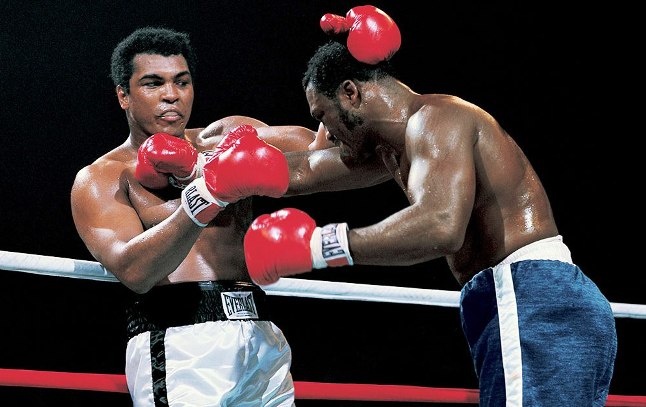
Grappling: Ali’s clinch sport was vastly underrated. By grabbing his opponent behind the neck together with his left hand and forcing his head downward, Ali was capable of concurrently sap his opponent’s vitality and forestall him from working inside. Ali would additionally place his proper glove on the opponent’s left arm to cease him from throwing his left hand successfully.
2. How did Ali’s bodily traits complement these techniques? Muhammad Ali was an anomaly when it comes to physicality and athleticism. Mike Tyson was extra explosive, and Floyd Patterson could have had faster palms, however neither was as huge or as bodily sturdy as Ali. Standing 6’ 3’’ and weighing 214 kilos in his prime, Ali was essentially the most potent mixture of measurement, pace and bodily power the heavyweight division has ever seen.
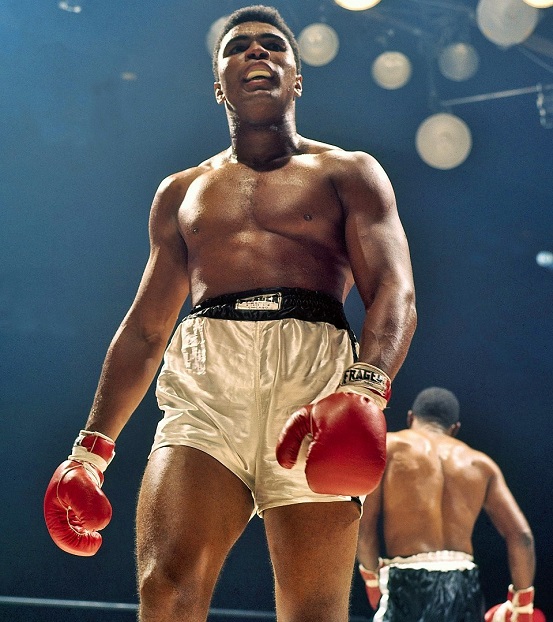
Ali’s reflexes and unimaginable hand and foot pace clearly complimented his model extra throughout the first part of his profession, the place his goal was to maintain his opponents on the top of a protracted jab so they’d change into annoyed and assault extra recklessly. Conversely, throughout the second part of Ali’s profession, it was his underrated bodily power which aided his work contained in the clinch whereas tying up the likes of Joe Frazier and George Foreman.
3. How would you describe Ali’s ring model? By definition, Ali was very a lot an out-fighter. Throughout his most aesthetically pleasing performances, he would transfer gracefully across the ring, flicking out stinging jabs, after which raid with mixtures whereas the opponent was between steps and unprepared. Additionally, to attenuate the danger of being countered, he’d practically at all times exit at an angle after ending an assault. The Brian London and Cleveland Williams fights are high-quality examples of Ali at his elusive, good greatest.
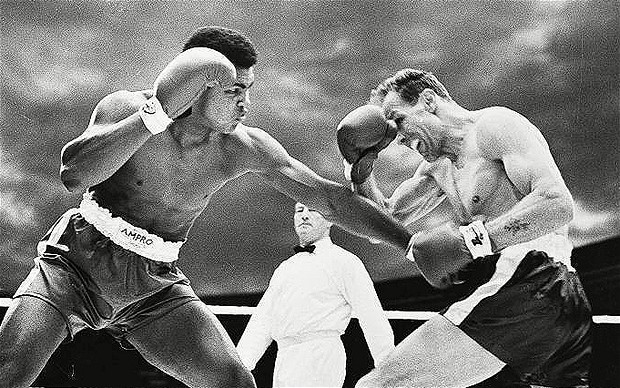
I might by no means label Ali a classical boxer or technician, although. He wasn’t as technically sound as Willie Pep, and even his stablemate, Willie Pastrano, for that matter. However whereas I take into account Pep to be the best out-fighter in boxing historical past, Ali’s sense of distance and timing could have been second to none.
After all, as soon as Ali’s bodily items began to betray him, a few of his extra neglected expertise got here to the fore. Defensively, he’d roll with punches, and nullify the opponent’s makes an attempt at working inside by seizing management of his arms and head. However by no means, even throughout the clinch-dominated performances towards the top of his profession, was it Ali’s first option to combat inside. Fairly, Ali simply didn’t have the legs anymore to regulate distance and combat from his most well-liked vary.
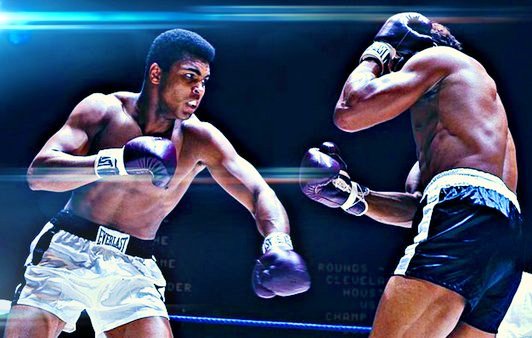
4. Did Ali have any shortcomings as a fighter? If that’s the case, what have been they? Technically, Ali did plenty of stuff you’re not purported to do. He typically crossed his ft as he moved across the ring; he held his palms under his waist somewhat than simply off the shoulder to guard his chin; he’d drop his proper hand earlier than throwing an uppercut (see the primary Joe Frazier combat), and he’d lean away from hooks as an alternative of catching or ducking below them. He additionally allowed his guarding hand to float out to the facet each time he jabbed, an inclination Ken Norton (with somewhat assist from Eddie Futch) exploited.
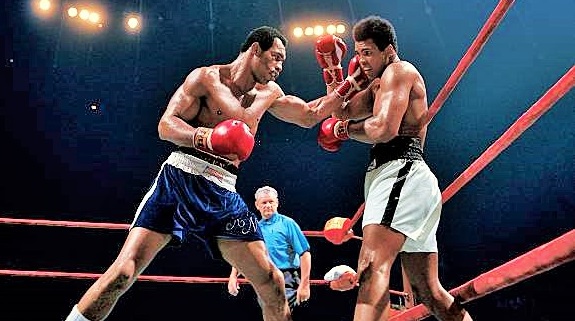
As well as, he not often went to the physique, although he would feint and jab to the stomach to carry down his opponent’s guard and create openings up prime. Nevertheless, regardless of his technical deficiencies, Ali stays one of the profitable fighters the world has ever identified, furthering my perception that preventing rules (timing, distance, rhythm, and so forth.) are simply as vital as method.
5. Placing apart his fame and social affect, was Muhammad Ali the best fighter ever? Simply because it’s inconceivable to disregard Muhammad Ali’s social and cultural affect, it’s additionally inconceivable to disregard Ali’s punch resistance, toughness and coronary heart, which have been simply as vital to his make-up as a fighter as his IQ, pace and athleticism. The identical holds true for his eyes. This will likely appear to be I’m stating the apparent right here, however Ali’s eyes have been at all times wide-open throughout the warmth of battle. He noticed every little thing and this aided his punch-anticipation immensely.
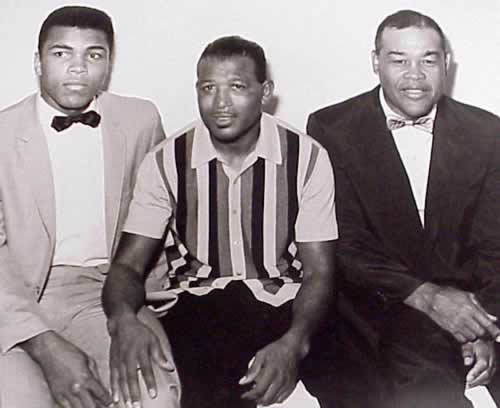
Now, is Ali the best boxer who ever lived? No. Once you study the information of males like Harry Greb, Sam Langford, Sugar Ray Robinson (who Ali himself conceded was higher), Henry Armstrong, Ezzard Charles, simply to call a number of, then Ali’s file of accomplishments, as spectacular as it’s, falls brief by comparability. That stated, there’s not a shred of doubt in my thoughts that Ali is the best heavyweight who ever lived, and that is coming from an enormous Joe Louis advocate.
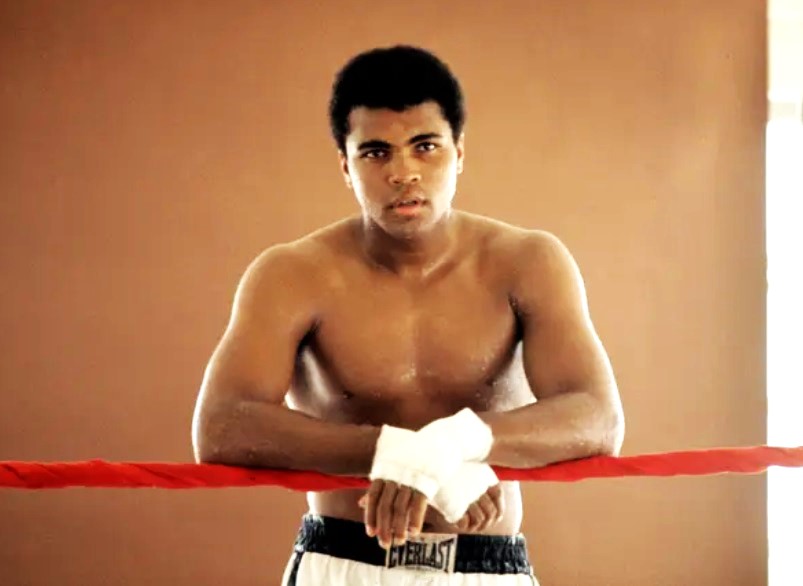
The straightforward reality is that Muhammad Ali got here out on prime throughout his division’s deepest-ever period when he was now not at his greatest. No different fighter within the historical past of boxing, no matter weight class, has ever accomplished that. Moreover, Ali holds 5 wins over three bona fide prime ten heavyweights, Liston, Frazier and Foreman. If that’s not greatness, I don’t know what’s.
Any smart dialogue of the best heavyweights of all-time comes down to 2 names. And for me, as nice as Joe Louis was, Muhammad Ali was higher.
— Lee Wylie
The put up Muhammad Ali: The Fighter appeared first on The Battle Metropolis.
































